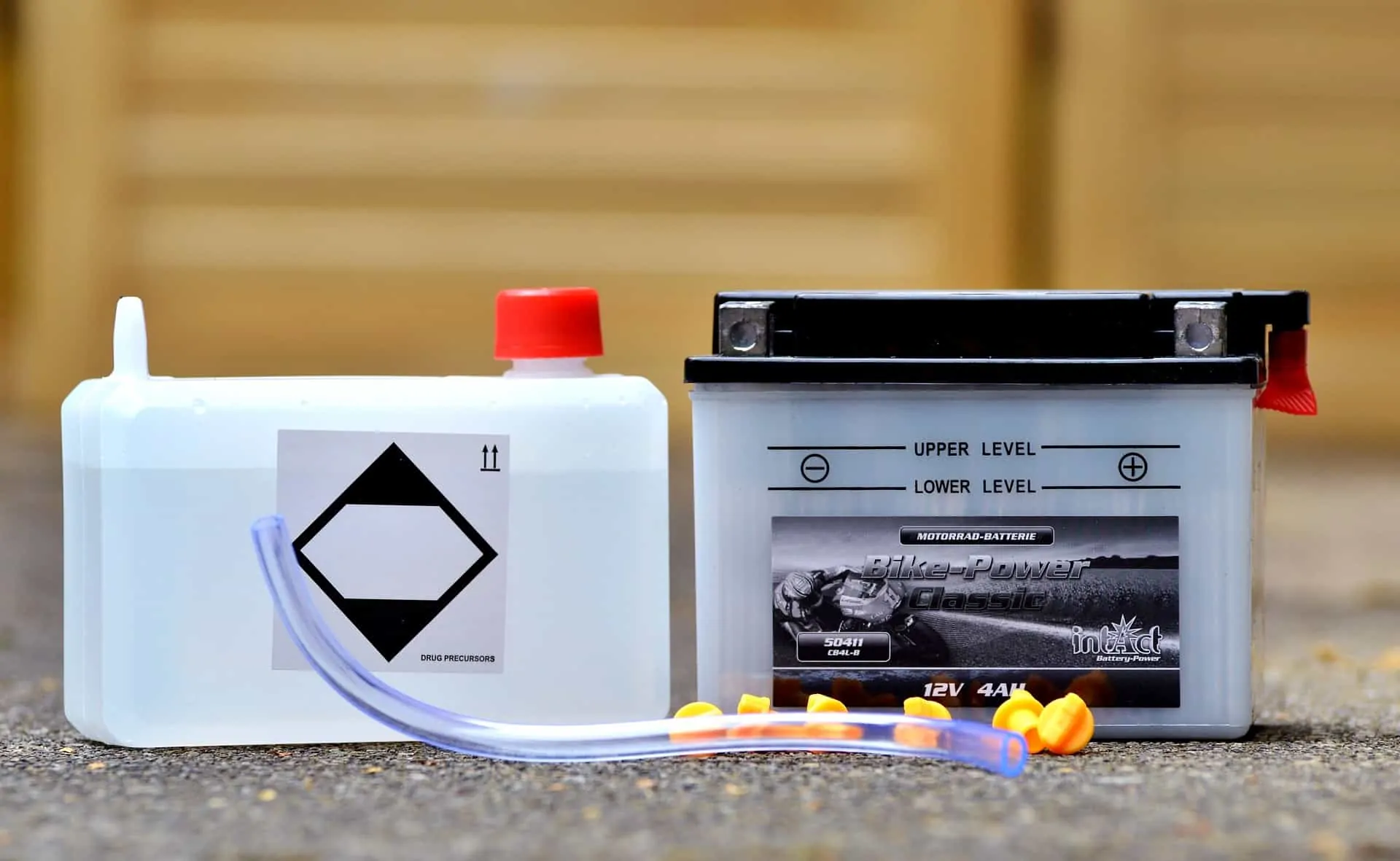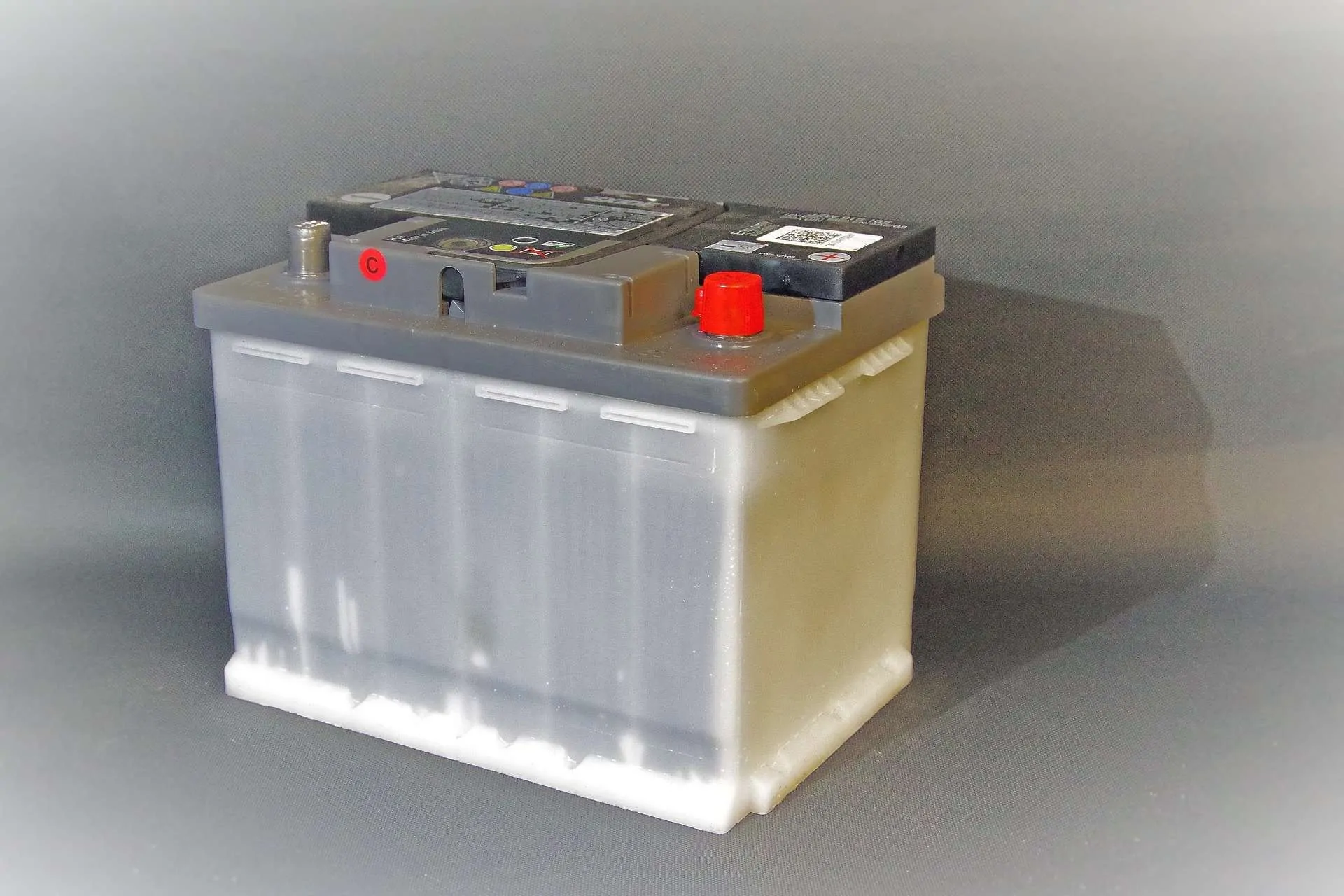Motorcycle batteries power up the motorcycle by providing direct current, which is then converted into alternating current by an alternator.
Motorcycle batteries typically cost one hundred to one hundred and fifty USD. It is best to follow battery maintenance tips so that you can actually reach the three to five-year mark before replacing it. Another expense to consider is the automatic battery charger or maintainer which costs fifty USD. Motorcycle battery warranty is another expense to consider.
It is advisable to avoid high-maintenance battery units because they are not worth the price tag. Motorcycle battery prices differ in terms of size, voltage, brand, type, and more. A new unit of motorcycle battery is expected to last for about three to five years.
Types Of Motorcycle Batteries
There are three main types of motorcycle batteries: wet cell batteries, dry cell batteries, and gel motorcycle batteries. These are the primary determiners of the price and they come in different price points.
Wet Cell Batteries
This type is also known as lead-acid batteries, flooded cell batteries, or conventional batteries. You can identify them through a row of plastic stoppers at the top. They usually have three stoppers if the battery has six volts, and six stoppers for twelve volts.
The reason why these batteries are called as such is because it actually contains fluid inside. There is wet acid with lead parts that generate electrolytes to power it up. It is pretty high maintenance as you need to periodically check if it is still “wet” and you need to top it off once it gets dry.
Wet cell batteries are relatively affordable. They are readily available, too.

Dry Cell Batteries
This is also known as maintenance-free batteries or sealed batteries. Their primary characteristic is that the battery acid is supplied separately. Upon purchasing, you simply need to pour in the acid and then permanently seal it. These batteries are usually in a black casing with a stopper on top.
Dry cell batteries are around the same price range as wet cell batteries.
Gel Batteries
Gel motorcycle batteries are also known as gel-filled batteries or gel acid batteries. These are characterized by black, grey, or blue casing. The inside is filled with gel acid and they are permanently sealed so there is no maintenance required. The acid is in gel form instead of the typical liquid form.
This generates electrolytes while under pressure and in the presence of oxygen and hydrogen peroxide. All the electrolytes are suspended in the gel. Leakage or spilling issues are little to nonexistent. Gel batteries are on the more expensive spectrum of the battery price range.
Absorbed Glass Mat
This is a relatively new type of motorcycle batteries. It has a unique structure. It is basically a mat of absorbed electrolytes. As such, it is very versatile. The mat structure prevents leakage or freezing issues. It is also spill-free because the battery configuration is solid instead of liquid. That also eliminates the need for periodic maintenance routines.
This is the most practical and cost-efficient option in the market. Using up all of its electrolytes does not render it useless. The best part is that it has no charge restrictions so you can keep it maintained with no issues.
3 Best Type of Batteries
iGel Battery |
Lead Acid Battery |
Absorbed Glass Mat |
|

|

|
|
|
| Check Price | Check Price | Check Price |
Should You Get Motorcycle Battery Warranties?
A motorcycle battery warranty is another additional expenditure to consider. It comes in the regular form as well as the extended version.
The initial warranty for motorcycle batteries is definitely worth it. It comes in handy for when your battery faces factory damages or malfunctions. The warranty should cover the expense of these unforeseeable damages.
The extended warranty is the debatable part. This covers the period of time beyond the basic warranty. You should only go for it if you know that you will use your battery consistently. If you know you are going to be a relaxed rider, maybe it is best to stick with the basic warranty.

Motorcycle Battery Maintenance Tips
The correct battery maintenance can help in lengthening the lifespan of motorcycle batteries. This will help you save a lot of money in the long run because you do not have to make frequent replacements.
Use An Automatic Battery Charger Or Maintainer
These pluggable units will constantly keep your motorcycle battery charged so that the battery won’t completely die. The battery cells must always be stimulated either through usage or through this automatic battery charger. An automatic battery charger or maintainer will cost around fifty USD.
All you need to do is to plug the unit into a standard 120VAC outlet and connect the other end to the maintainer. It will help keep the battery cells active and break up loose sulphation which tends to damage the battery.
A battery maintainer is not necessary if you frequently use your motorcycle. It is advisable to use one if you are storing the motorcycle battery away for the winter season. It is also heavily recommended for wet or conventional batteries. Just be sure to constantly regulate the water level of the battery.
| NOCO GENIUS10, 10-Amp Fully-Automatic Smart Charger & Maintainer |
 |
| Check Price |
Prevent Your Battery From Freezing
The temperature of the battery’s storage area greatly impacts its viability. Do not just dump the motorcycle battery in a cold shed. If it is the winter season, do not let your battery freeze. The frozen components will get cracked once started up.
You can use a battery maintainer to keep the battery cells active. You can also store the battery in any storage unit with the normal room temperature that does not dip below freezing level.

